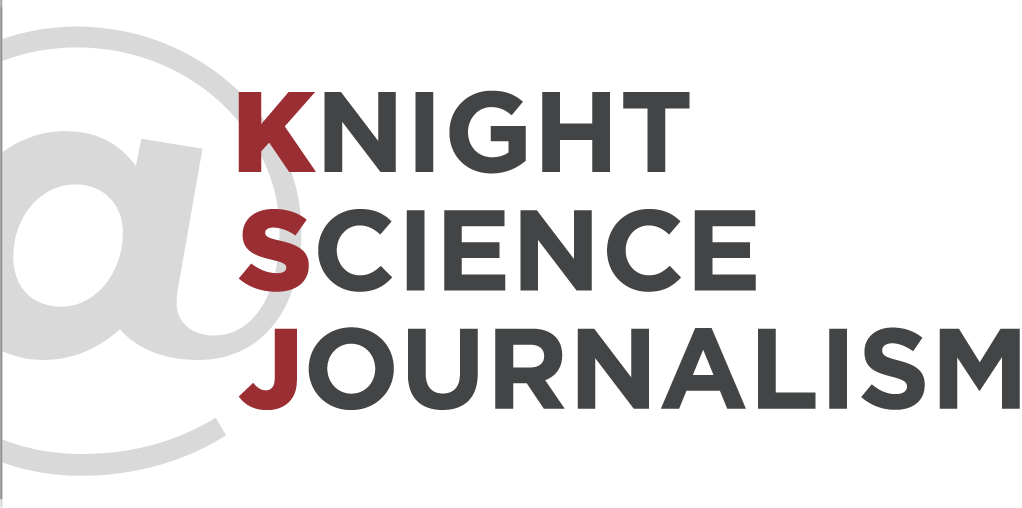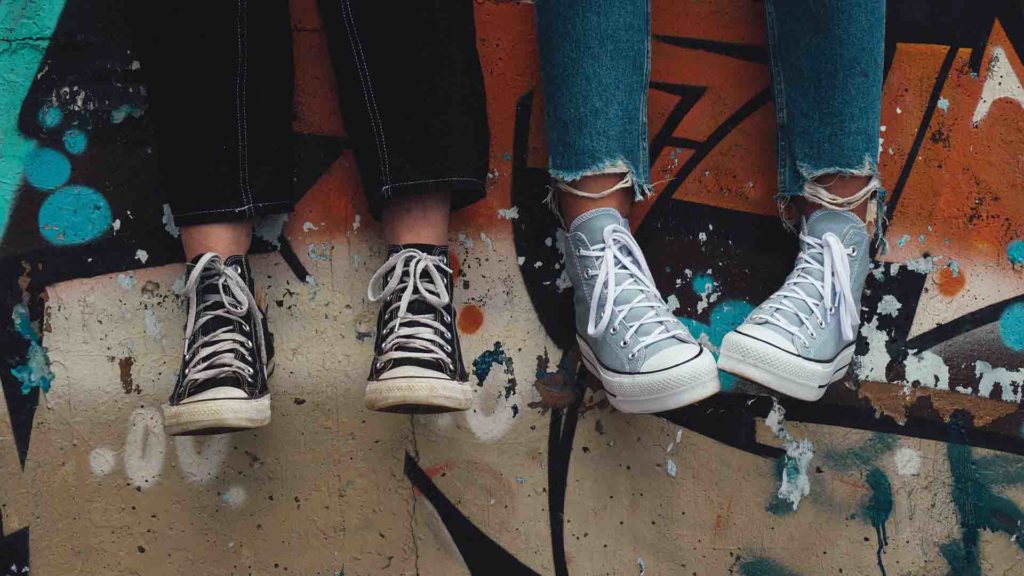Editor’s Note: This is part of a series of dispatches from the Knight Science Journalism Program’s 2021-22 Project Fellows.
During the past nine months I have been working, as a Knight Science Journalism Project Fellow, on a book about adolescents and the maturation of the adolescent brain. A key element of the book is the voices of adolescents themselves. I’ve interviewed dozens of them, at times asking them personal questions about bullying, harassment, and their relationships. It has forced me to think long and hard about a question that doesn’t often come up in science reporting: How should we, as journalists, talk to young people?
In my interviews for this book, I’ve had to consider factors that my usual reporting doesn’t require. Among these factors is age. Adolescence spans ages 12 to the mid-twenties. I chose to home in on the middle part of this stage, which made one of my tasks a little easier: I knew that the questions would be sensitive, and I wanted to be able to explain the interview ground rules in an understandable way. Interviewing adolescents in their late teens and early twenties made that clarity more likely. It also meant that they had extensive experience with social media platforms, and peer pressure interactions, which are key themes of my book.
I also undertook preparation for sensitive interviewing practices. I knew I would need to clearly communicate to these young people the risks of talking with me, and we would need to have a plan in case they became upset. That preparation proved essential, because their stories often got way more intense than I’d expected. What young people harbor in their hearts and minds — and often do not share with adults — can be harrowing and sad.
The plan that I implemented had several elements. Because my interviewees were still developing their capacities to grasp long-term consequences, I determined beforehand not to identify any of them by features other than gender, age, and general geographical location. My reasoning was that these young people, faced with the permanency of the internet, have a lifelong inability to hide their past from the world. I didn’t want to share public information about them that could have unanticipated negative consequences down the line. It’s hard enough to predict these outcomes as a middle-aged professional with two decades of experience wrangling the commentariat. I wanted to avoid imposing that risk on the teens and young adults taking the time to speak with me and trusting me with their stories.
Another element of my plan was to make quite clear that they could “nope” out of any question, or even the entire interview, at any time, no questions asked and no judgment. I made sure to communicate at the beginning of each conversation that this choice was available at all times.
I also planned to avoid two pitfalls during our conversations. One was easy: Stay neutral about the interviewee’s life choices and plans. I don’t have a problem maintaining neutrality or being supportive about how other people live their lives, as long as nothing criminal is involved, so holding that line was easy. The tougher pitfall to avoid was my instinct — as the parent of three adolescents and a long-time educator — to want to help. It’s hard to listen to stories like these and not jump into problem-solving or advice-giving mode, especially with a three-plus decade age difference between my interviewees and me. But I determined beforehand to stick with a sincere “I am sorry” and “that must have been really hard for you” and other acknowledgments that didn’t extend into unasked-for-advice territory.
What young people harbor in their hearts and minds — and often do not share with adults — can be harrowing and sad.
Over the course of the interviews I subsequently conducted, I learned a couple of things I hadn’t expected.
First was the arc that the adolescents’ stories commonly reflected. One theme of my book is how the adolescent brain develops — especially the prefrontal cortex, the foundation of being an adult. As we shapeshift from child to adult, building out this region of the brain means building a toolkit of filters, planning, and problem-solving skills to support us as independent adults. I was fascinated to hear interviewee after interviewee relate how they’d shifted from uncontrolled social media exposure in early adolescence to a more measured use of the platforms as they aged, with their choices reflecting the unseen arc of a maturing prefrontal cortex.
Second was the excruciating experiences some of the people I talked to have endured. Regardless of background, demographics, country of birth, gender, or sex, almost all of them had unbelievable stories to tell about incidents with peers and adults. Most striking was that many of their experiences would have been almost impossible 20 years ago. Teens described unconsented sexting, propositions from older men (always men), sex abuse, and peer-to-peer bullying on a level and scale that were unimaginable before social media amplified and magnified these exposures.
Although I have more reporting left to do, the proposal for my book is near completion and ready for my agent’s critical eye. The book will include perspectives and insights from neuroscientists and other researchers who study adolescence, but much of it will take its contours from the stories my adolescent interviewees told me — stories shared out of trust that I would not violate our agreements or put them at risk for more exposure than they’ve had already. It’s fitting that their voices guide a book about tools for adolescents who are wayfinding their path to adulthood — and who sometimes just need us adults to get out of their way.
Emily Willingham is a science journalist and regular contributor to Scientific American. She is the author of “Phallacy: Life Lessons from the Animal Penis” (Avery, 2020) and “The Tailored Brain: From Ketamine, to Keto, to Companionship, A User’s Guide to Feeling Better and Thinking Smarter” (2021, Basic Books). She lives in the San Francisco Bay Area.





Leave a Reply